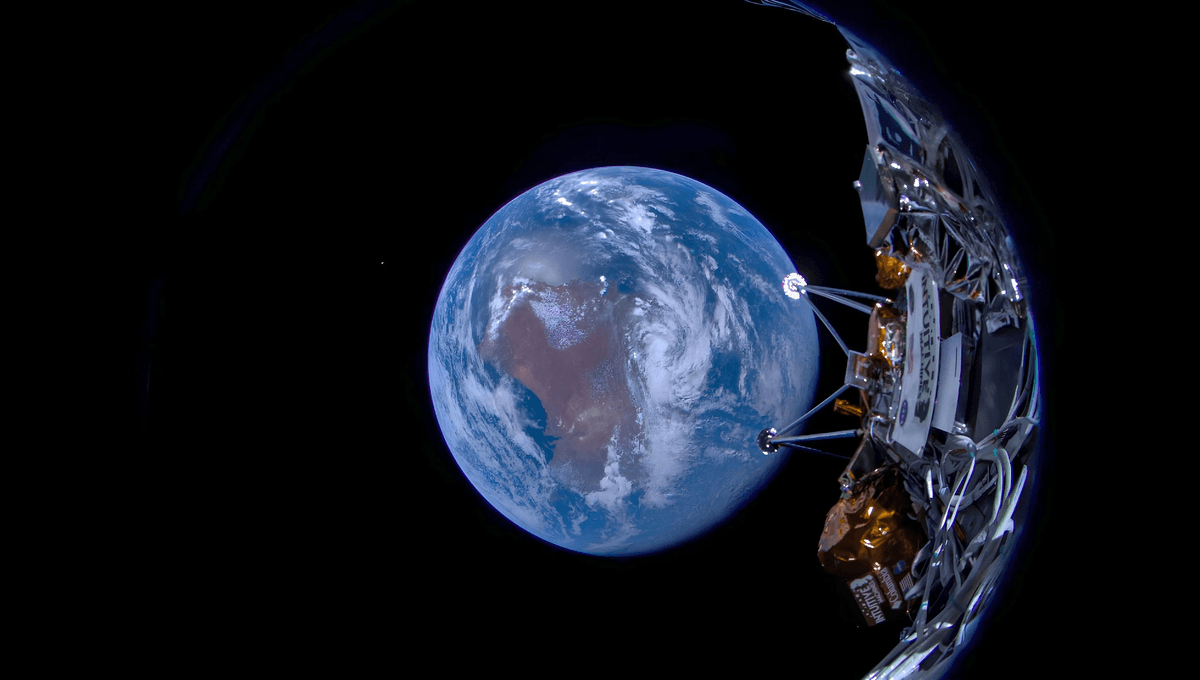
If all goes well, Intuitive Machines might be making history tomorrow, becoming the first private company to soft-land on the Moon – one of the many attempts to get to the Moon this year. Theirs will be the closest lander to the Moon’s South Pole, an area of extreme interest for future human settlement of our natural satellite.
Their lander Odysseus (also known as IM-1) launched last week, and it is scheduled to land on February 22 at 17:49 EST (22:49 UTC) inside Malapert A crater. The crater is 69 kilometers (43 miles) across and is 300 kilometers (186 miles) from the South Pole. The previous record-holder for the southernmost landing was Chandrayaan-3 which last September got around 600 kilometers (372.8 miles) from the South Pole.
The region targeted is near Malapert Massif, one of the potential targets for the next Moon landing. That is expected to happen with Artemis III in September 2026. The lander carries several NASA payloads, as well as others from private companies and research institutions. It is expected to perform several important investigations that might influence the future of human exploration of the Moon.
“IM-1 is a trailblazing mission aimed at creating a commercial lunar economy, delivering commercial payloads and NASA science and technology payloads that will pave the way for a sustainable human presence on and around the Moon,” Intuitive Machines said about Odysseus in a mission statement.
If the mission is successful it will be the first U.S. vehicle to land on the Moon since 1972, when Apollo 17 got there carrying Gene Cernan and Harrison Schmitt. But success is always uncertain when it comes to Moon landing.
Just last month, another commercial mission from the US failed before even attempting to land. Astrobotic’s Peregrine one had a propellant leak that caused tumbling, leaving it unable to orient its solar panels properly. Not having enough juice to leave its orbit around the Earth, it was eventually brought back down to Earth, burning in the atmosphere.
But even getting near the Moon is no guarantee of a safe landing. Russia’s Luna 25 crash-landed last summer after many years of development. On the private companies’ side, there were two previous attempts and two crash-landings: one from Israel and one from a United Arab Emirates-Japan partnership.
The whole landing attempt can be watched on NASA+.
Source Link: The United States Might Land Back On The Moon Tomorrow After Over 40 Years